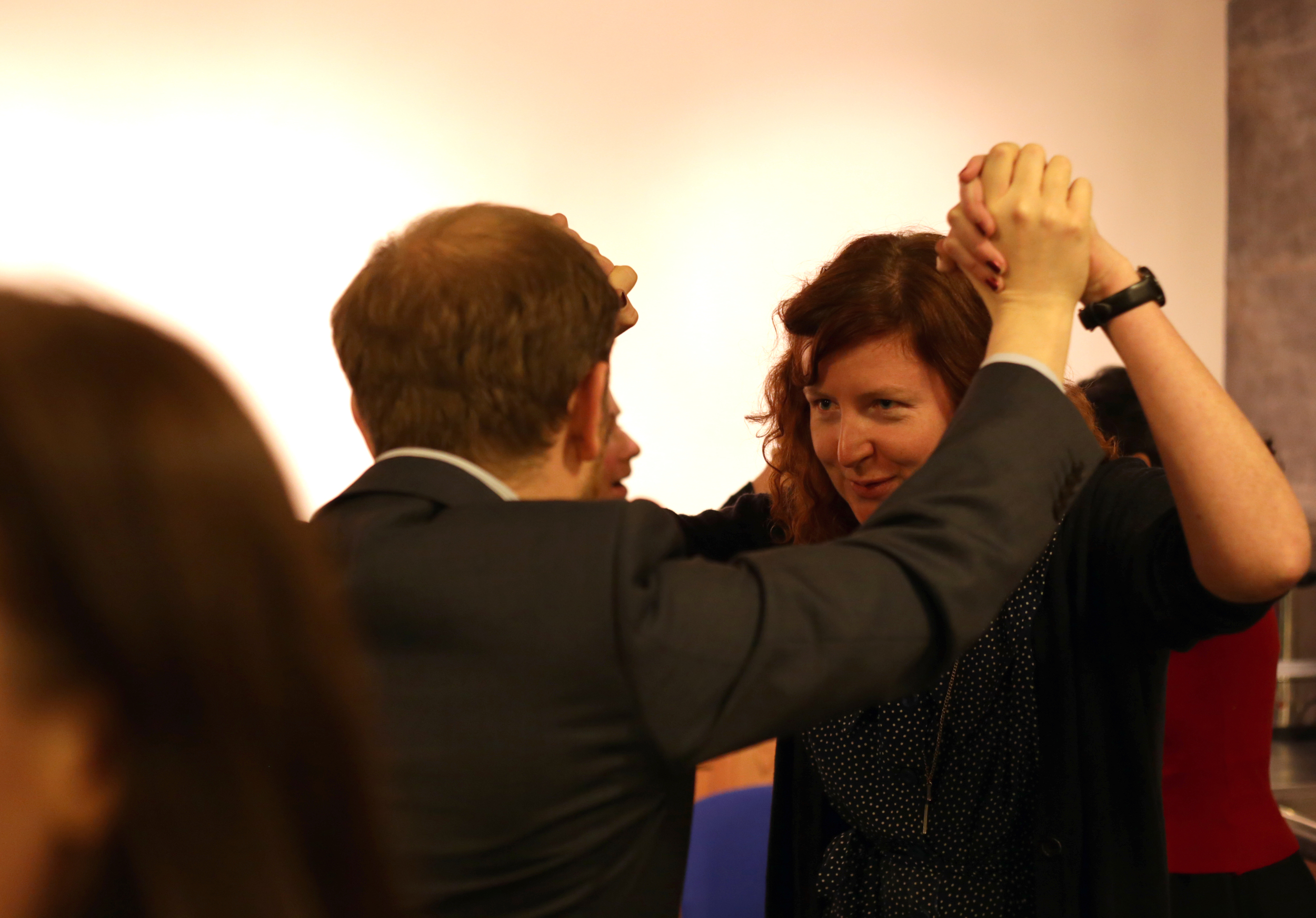Well, all right. Maybe not moaning minnies – but a complaint is a gift. And, when delivered to a business (rather than your mum), the lucky recipient can use it to improve products and services.
It seems we’ve got quite a lot to complain about, if last week's UK Customers Satisfaction Index is anything to go by. The annually published index shows that satisfaction has fallen for the second year running. It’s not all gloomy, of course – some companies continue to inspire adoration. Many others, though, just aren’t showing us the love.
Numerous organisations now describe colleagues in other departments as internal ‘customers’, who also require superb service. Whether internal or external, that service can be improved by actively listening – even when it involves the odd moan.
A failure to listen – and respond relevantly – is not only irritating, but pointless. Neither party benefits in the long term, and both may leave with raised blood pressure in the short term.
Ryan Block’s recent recording of his cancellation call to Comcast demonstrates this beautifully – and painfully. The Comcast employee clearly feels he must follow the script at all costs. He harangues Block, repeatedly prevents him from speaking, and refuses to acknowledge any answers he does manage to give.
The employee gives the impression that his life depends on Block not cancelling the contract. Perhaps his job does. Either way, it creates a deeply worrying impression of the organisation’s culture.
The conversation is astonishing – but perhaps not unusual. Most of us have had conversations at some point in which our presence has felt superfluous, whether with customer service reps or colleagues. As our opinions, knowledge or experiences fall on deaf ears, we may become disinclined to give the gift of feedback. And, if we can, we may resolve to take our custom – or our CVs – elsewhere.
Creating space for each other to speak, listening to what’s said rather than what we want to be said, and responding relevantly is a much more fruitful approach. Be alert to what’s not said, too. Non-verbal signals are often excellent indicators of whether the other party is actively engaged. Remember to be aware of yours, too – none of us operates in a vacuum.
By actively listening, and responding relevantly in our interactions, we can raise satisfaction among both colleagues and customers. And when a culture of listening extends right through from CEO to intern, and product design to customer, it creates a virtuous circle that both staff and customers will celebrate.
We hope you hear some valuable insights this week. Here at Chirp we run workshops to help colleagues both listen and be heard. If you’d like to find out more – or indeed, have some feedback for us – please do get in touch. We’re all ears!


